
In construction, anything rolled or sprayed promises to reduce labor—be it paint, insulation, or a liquid-applied water-resistive barrier (WRB). There are labor savings with liquid WRBs but not, in my experience, with the compatible window flashings that take considerably more time to install compared to their than tape counterparts. Overall, it’s a trade-off, and a decision based on quality rather than efficiency. When installed correctly, a liquid-applied WRB can provide a tougher and tighter air and water barrier—especially the commercial grades, which go on thicker (think costlier) and last longer in laboratory testing.
Let’s look at the more popular spray and roll-on materials on today’s market:
The PolyWall Blue Barrier 2300 Liquid Wrap is a spray-applied, fully adhered, permeable air and moisture barrier that sticks to wood sheathing and concrete. A hybrid of silicone and polyurethane technologies, the material is said to bring together the most desirable features of each, creating a durable, high-quality product. Liquid Wrap adheres to both porous and nonporous substrates. The system can secure the gap between framing and foundation better than sill-sealer so that no air or insects can get through this usually weak joint. PolyWall offers a compatible 2200 Joint Filler (caulking) and a roller-smeared 2400 Flash ‘N Wrap to use around openings. The Liquid Wrap covers between 300 and 400 sq. ft. per 5-gal. bucket.
PolyWall Building Solutions sells a 5-gal. bucket for $600 or $1.71 per sq ft.
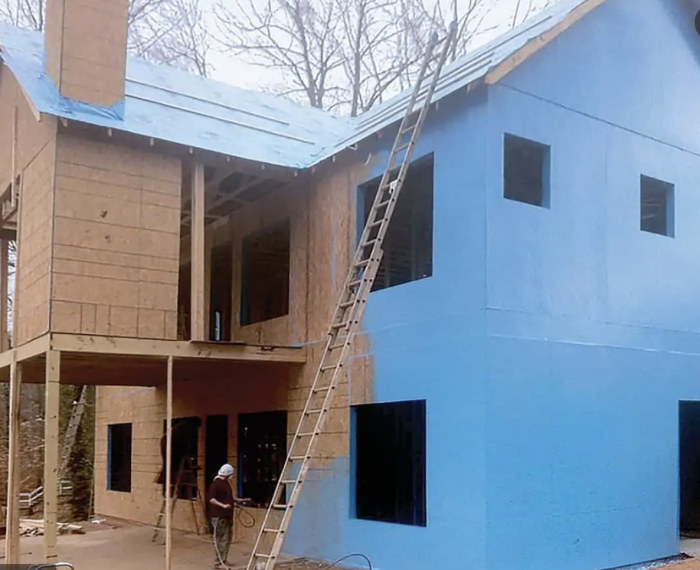
Air-Bloc All Weather STPE is another single-component, moisture-cure, silyl-terminated polyether (STPE) water-resistive air barrier made by Henry, a company that’s been making waterproofing materials for roughly a century. Henry says Air-Bloc is rain-ready within 30 minutes of application, helping to reduce potential weather delays. Its hydrophobic nature also means it won’t wash off…
Weekly Newsletter
Get building science and energy efficiency advice, plus special offers, in your inbox.

This article is only available to GBA Prime Members
Sign up for a free trial and get instant access to this article as well as GBA’s complete library of premium articles and construction details.
Start Free TrialAlready a member? Log in





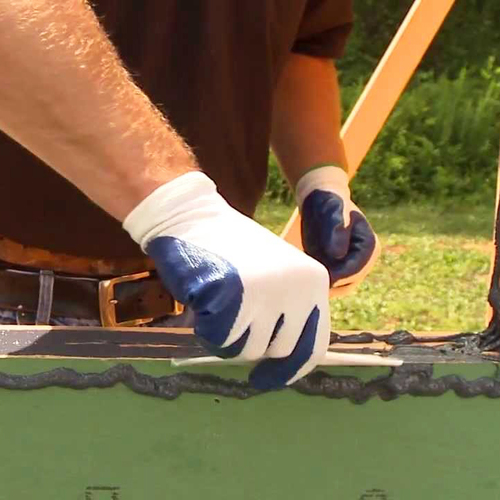
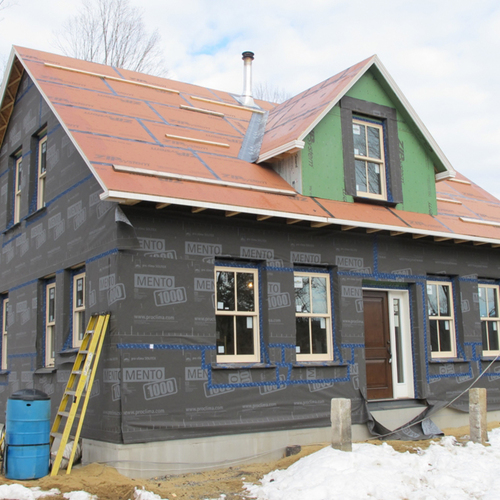
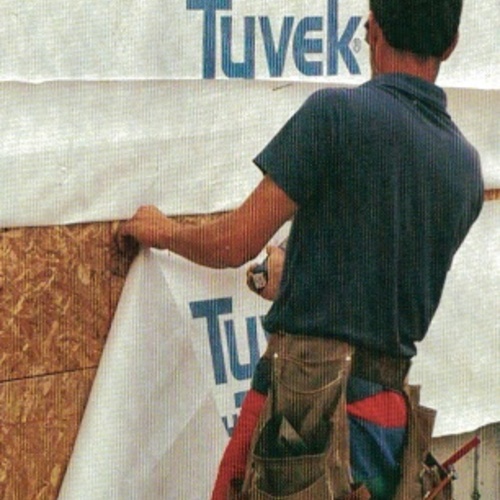
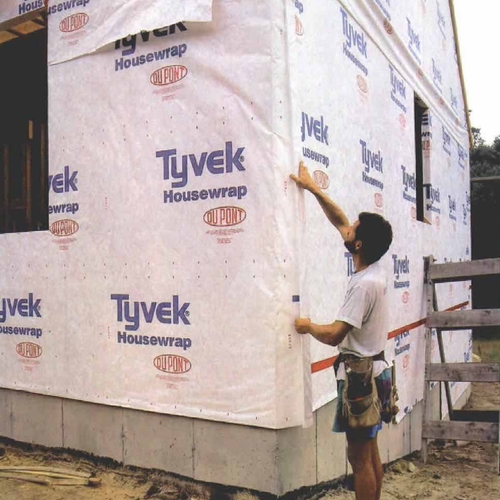






5 Comments
Fernando,
Do you know of any resource that provides an estimate of the man hours required for each of these types of WRB? It would be nice to have some rough idea of the labor involved (per square ft? per house?) of fluid applied WRB's, Tyvek-like WRB's, building papers, etc.
Knowing the material cost per square ft is only half of the real cost of the complete installation. Other factors like "minimum number of installers / laborers" would also be a nice metric.
Referencing the original article (2013), it might be a good combination article (https://www.greenbuildingadvisor.com/article/all-about-water-resistive-barriers)
Thanks!
Kyle Bentley, I agree with you. There may be some labor factors in Means, but I did not think to look. Labor is usually half the cost, so without a labor figure, cost comparisons are meaningless.
I chose against Prosoco Liquid Applied WRB for a recent high performance remodel. The labor for the Prosoco Cat5 + the high cost of the product itself made it unaffordable.
I ended up DIYing the WRB with Henry Blueskin VP100 fully adhered membrane, which once I got the hang of it was sort of like a giant wallpapering job. It ended up taking me about 100 man hours working completely on my own. An experienced construction crew of could have done it in less than half the number of man hours.
The house tested out at 1ACH50. Time will tell whether the Blueskin's airtightness holds up, but it had very little time exposed to the elements before being covered with additional bulk water shedding layers and the finish siding.
Hi Dan, how many square feet of wall did your 100 hours entail?
For residential construction on CDX, I've found that the joint filler and the fast-flash (liquid flashing) are unbelievably useful - but the rest of the system is quite useless. Concentrating on bulk water management (at the seams and penetrations) is the most important part. The CDX is already an air air barrier and is pretty good at shedding water and even better when it's got plenty of air circulation to dry.
Log in or become a member to post a comment.
Sign up Log in